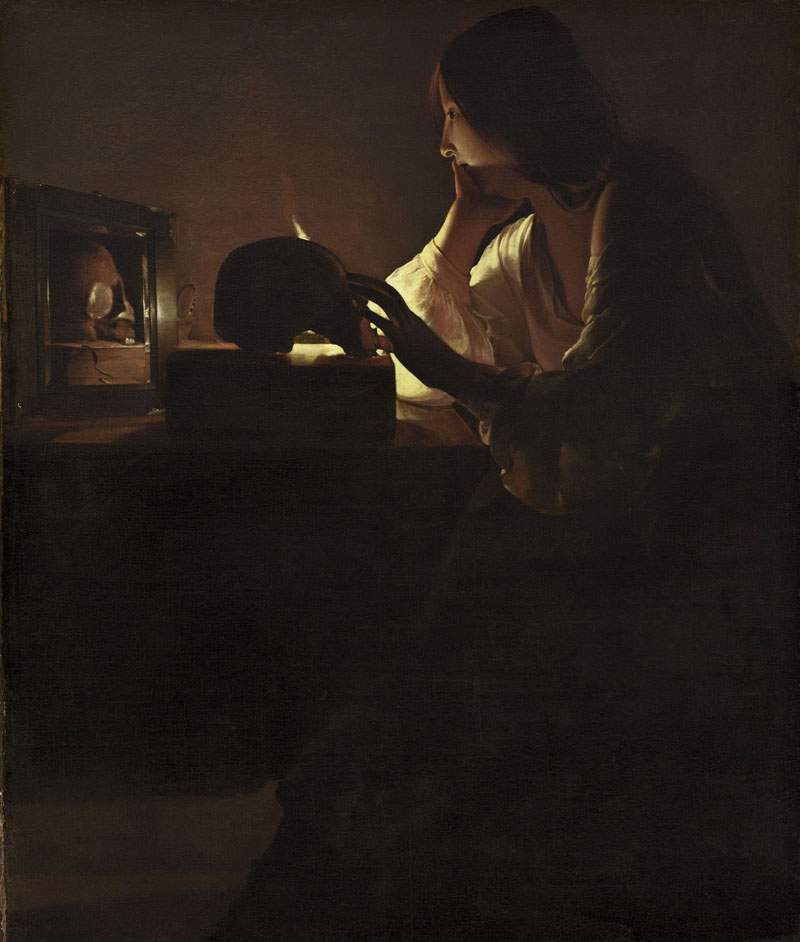Presented at the Palazzo Reale in Milan, Italy, is the major exhibition dedicated to Georges de La Tour. For the first time in Italy
Presented at the Palazzo Reale in Milan, Italy, is the exhibition Georges de La Tour: the Europe of Light: for the first time in Italy, a major exhibition will be dedicated to the most famous French painter of the seventeenth century, Georges de La Tour, and his relationship with the great masters who were his contemporaries. The exhibition will be held from February 7 to June 7, 2020, and will be curated by Francesca Cappelletti with the contribution of a scientific committee composed of Pierre Rosenberg, Gail Feigenbaum, Annick Lemoine, and Andres Ubeda, and promoted and produced by the City of Milan Culture, Palazzo Reale, and MondoMostre Skira.
Georges de La Tour’s paintings will be compared with masterpieces by other artists, such as Gerrit van Honthorst, Paulus Bor, Trophime Bigot, and Hendrick ter Brugghen, to reflect on painting from nature and luministic experiments, as well as to address various questions that permmigrate the artist’s production. It will be an opportunity to analyze the profound contrast between the more stark and realistic daytime themes and the nocturnal themes with figures illuminated by candlelight.
The exhibition project promises to be complex in several respects, particularly thelarge number of lenders (26 from three continents) involving some of the world’s largest museum venues and numerous French regional museum institutions.
Among the masterpieces in the exhibition are the Penitent Magdalene (National Gallery of Art in Washington, D.C.), The Struggle of the Musicians (J. Paul Getty Museum), which expresses with stark realism one of the French painter’s most cherished themes, group scenes depicting fragments of popular life, and the Hurdy Gurdy Player with Dog (Musée du Mont-de-Piété in Bergues).
Georges de La Tour was a highly esteemed painter in his time, original for his combination of spirituality and realism, always poised between delicacy and brutality. The father of 11 children, with a difficult character and a large number of stray dogs, he achieved success first in the Duchy of Lorraine where he was born, and then in Paris where he was appointed, in 1639, painter to King Louis XIII.
Inevitable is the comparison with another famous painter of the early 17th century, Caravaggio, with whom de La Tour shares a dramatic and theatrical sense of composition and an accurate study of light, although it is uncertain whether de La Tour ever had the opportunity to admire Merisi’s works.
For info: www.palazzorealemilano.it
Hours: Monday from 2:30 to 7:30 p.m.; Tuesday, Wednesday, Friday and Sunday from 9:30 a.m. to 7:30 p.m.; Thursday and Saturday from 9:30 a.m. to 10:30 p.m.
Image: Georges de La Tour, Penitent Magdalene (1635-1640; oil on canvas, 113 x 92.7 cm, Washington D.C., National Gallery of Art)
 |
| Presented at the Palazzo Reale in Milan, Italy, is the major exhibition dedicated to Georges de La Tour. For the first time in Italy |
Warning: the translation into English of the original Italian article was created using automatic tools. We undertake to review all articles, but we do not guarantee the total absence of inaccuracies in the translation due to the program. You can find the original by clicking on the ITA button. If you find any mistake,please contact us.





























